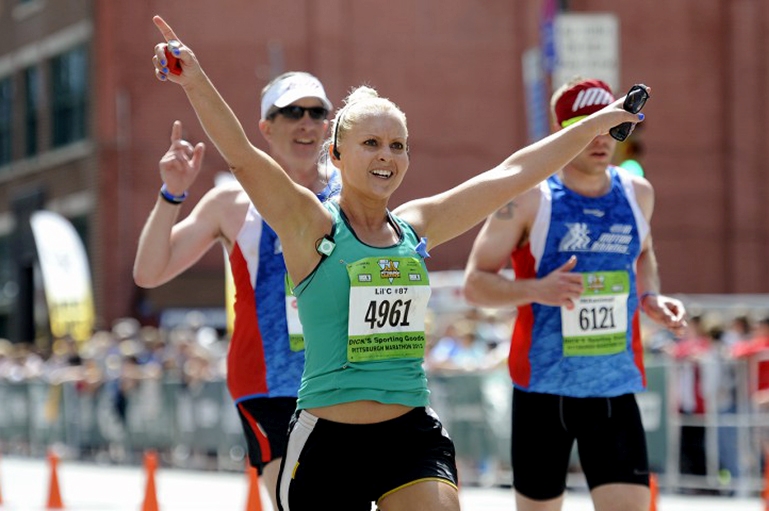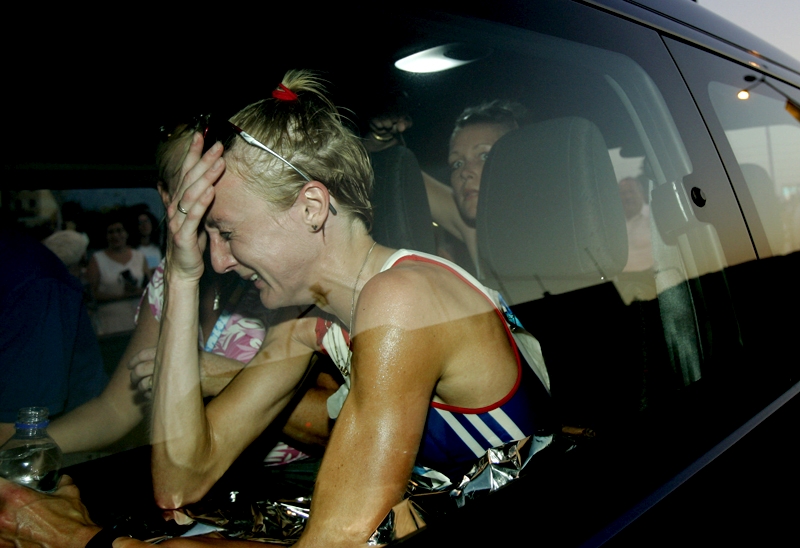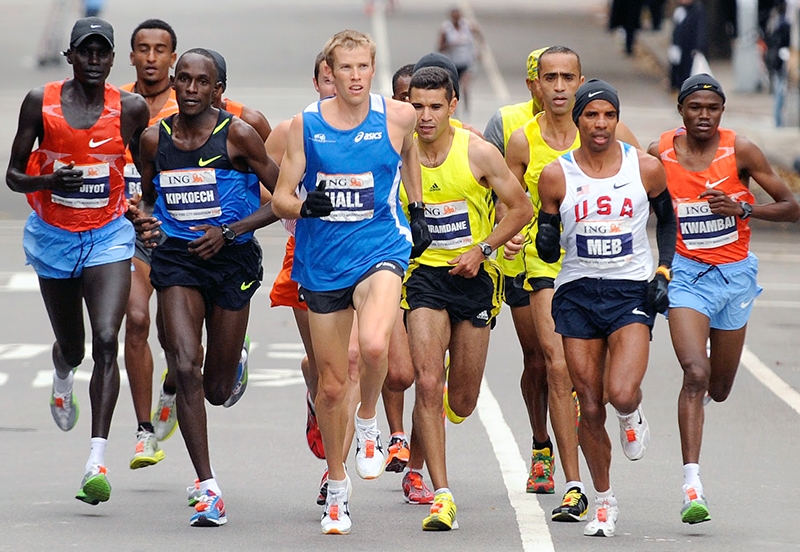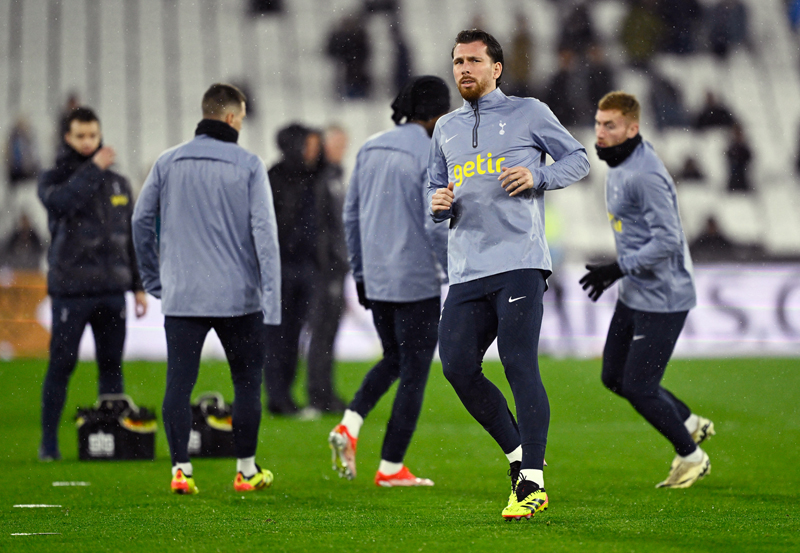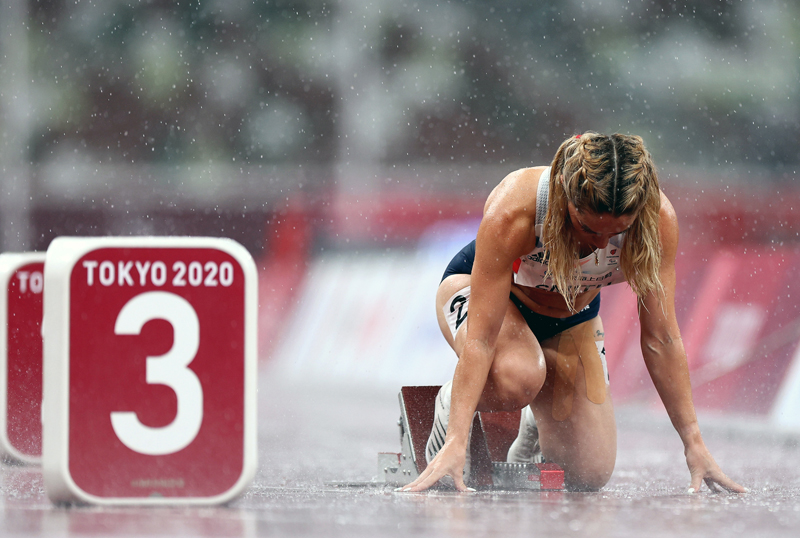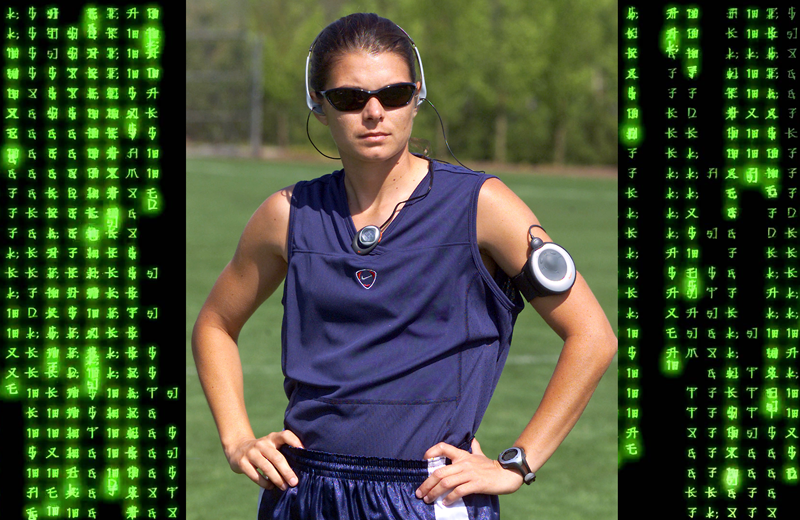You are viewing 1 of your 1 free articles. For unlimited access take a risk-free trial
Is a one-track mind better for performance?

Feedback during competition is useful for maximizing performance, but can you can have too much of a good thing? Sports Performance Bulletin looks at new research
One of the most important things to get right during a race is pacing. Depending on the sport, there are numerous strategies for pacing, many of which will relate to following some kind of overall timing plan. For example, an elite runner racing a marathon might decide on a negative-split strategy and run 5:30 miles for the first half, aiming to drop to 5:20 miles for the second half. As part of that strategy, he/she will inevitably use feedback such as time elapsed and/or distance run. Pacing however is not all about times, power outputs, distances or workloads in order to manage levels of fatigue. It also involves psychology.The world famous South African exercise physiologist Professor Tim Noakes has long argued that the sensation we interpret as fatigue doesn’t actually mean our muscles are nearing their absolute limits; rather, there is a part of the brain he refers to as the ‘central governor’ whose job it is to make us feel tired in order to ensure we don’t overtax ourselves badly enough to risk serious damage(1). In other words, the sensation of fatigue isn’t really the result of muscles hitting their absolute limits—it’s more of an ‘emotion’, which is generated by the brain to make sure that complete muscle fatigue never happens (see this article for more on the Central Governor Theory).
Psychology and pacing
There’s good evidence supporting the importance of brain and psychology when it comes to pacing for the fastest possible time. A fascinating study from 2018 found that the expectations of performance could actually change measured levels of maximum oxygen uptake (VO2max – flat out aerobic performance) in a test situation(2). In this study, runners underwent treadmill testing for VO2max levels on two separate occasions but before the second occasion, half of the runners were given false positive feedback as they were informed that their aerobic capacity on the first test was above the group average (when it wasn’t). In the second test, these runners (who obviously expected to do well) demonstrated a very significant increase (+3.28%) in their VO2max test results whereas the runners who received no positive feedback actually achieved slightly worse results!The role of feedback
If pacing and performance can be significantly influenced by psychology, a good question to ask is what influence on the brain (and subsequent performance) does giving feedback to an athlete exert? Is it always positive or can it be negative? Some answers can be had from a study on the information acquisition behavior of experienced and novice cyclists during a self-paced 10-mile (16.1 km) time-trial, using sophisticated eye-tracking technology(3). Ten novice and ten experienced cyclists performed a 10-mile self-paced time-trial on two separate occasions, during which a number of feedback variables (speed, distance, power output, cadence, heart rate, and time) were projected within their view. A large rate of perceived exertion scale was also presented next to the projected information and participants. Importantly, all the cyclists were fitted with a head-mounted eye tracker so the researchers could see what piece of information the cyclists were focusing on each time they glanced at the display.Unsurprisingly, the experienced cyclists rode faster than the novices. What was interesting however was the difference in the patterns of feedback that the cyclists chose to look at:
- Nine out of ten of the experienced cyclists primarily looked at their speed during each glance, whereas the novice cyclists looked primarily at distance covered.
- Once into the last 4kms, the experienced cyclists looked at the display much less frequently whereas the novice cyclists maintained their glancing frequency.
- The most common combination of primary and secondary information looked at by experienced cyclists was speed and distance respectively; however, the novice cyclists were less consistent, looking at a wide variety of information combinations.
Feedback overload
The above study compared experienced and novice cyclists and found novices preferred multiple feedback source and tended to be less focused than their experienced counterparts. But what happens when see how differing amounts of feedback affect experienced athletes? Until recently, there was little data on this topic, but a brand new study published by British and Qatari scientists has come up with some fascinating findings(4). Titled “Less Is More: Cyclists-Triathlete's 30 min Cycling Time-Trial Performance Is Impaired With Multiple Feedback Compared to a Single Feedback”, this study has compared different modes of feedback (multiple vs. single) on 30-minute cycling time-trial performance in cyclists and triathletes.The research
In this study, 20 participants, 10 non-cyclists (controls) and 10 cyclists/triathletes, performed two 30-minute self-paced cycling time-trials separated by 5-7 days, either using a single feedback (elapsed time) or multiple feedback modes (power output, elapsed distance, elapsed time, cadence, speed, and heart rate – the typical data displayed on bike computers/smart fitness watches). As in the above study, the cyclists’/triathletes’ information acquisition was also monitored during the multiple feedback trial via an eye tracker. The subjects’ perception of motivation and ratings of perceived exertion (RPE) were collected every five minutes. In both trials, performance variables such as power output, cadence, distance, speed) and heart rate were recorded continuously.What did they find?
The key findings were as follows:- The experienced cyclists/triathletes’ average power outputs were significantly greater compared to non-cyclists (as you might expect), both with multiple feedback (227 watts vs. 137 watts) and single feedback (287 watts vs. 131 watts).
- The non-cyclists’ performances did not differ between multiple and single feedback trials.
- The cyclists/triathletes’ 30-minute cycling time-trial performances were very significantly impaired with multiple feedback (227 watts) compared to single feedback (287 watts), despite adopting and reporting a similar pacing strategy and experiencing similar perceptual responses.
- The cyclists/triathletes’ primary and secondary objects of regard were power and elapsed time, where around 64 seconds were spent glancing at each during each 5-minute segment. However, their total glance times during the multiple feedback trial decreased from the first five minutes (75 seconds) to the last five minutes (22 seconds).
Conclusion and practical implications
Let summarize the findings. Good pacing is vital for race performance. However, pacing also has a psychological component and isn’t just about maintaining a certain speed or power output. And since feedback provided to athletes during a race requires cognitive processing by the brain, we shouldn’t be surprised that the mere act of providing feedback could also affect pacing and performance (borne out by studies). The data we have so far suggests that:- During maximal effort exercise, novice or recreational athletes appear to prefer multiple forms of feedback while more experienced athletes seems to prefer relying on just one feedback mode.
- The number of feedback modes used during an exercise task does not appear to affect novice/recreational performance. By contrast, using multiple feedback modes seems to significantly impair performance in more experienced/elite athletes.
- When the hammer is really down, for example in the later stages of a race, experienced/elite athletes prefer to reduce the duration of their feedback inputs.
Why should this be the case? Well, previous research on cyclists and runners has found that experienced athletes are better at focusing their attention internally, and tune in to the feedback coming from within to help self-regulate their pace, which enhances performance and allows them to perform more consistently and to their full potential(5). Using multiple feedback inputs seems to impair this process. So the message seems to be, when it comes to competition, stick to only one form of pacing feedback and ditch the rest!
References
- J. Experimental Biology 2001. 204 (Pt 18): 3225–3234
- J Sports Med Phys Fitness. 2018 May;58(5):744-749
- Med Sci Sports Exerc. 2017 Sep;49(9):1884-1898
- Front Psychol. 2020 Dec 23;11:608426. doi: 10.3389/fpsyg.2020.608426. eCollection 2020
- Front Physiol. 2016 Apr 27;7:159
Related Files
Newsletter Sign Up
Testimonials
Dr. Alexandra Fandetti-Robin, Back & Body Chiropractic
Elspeth Cowell MSCh DpodM SRCh HCPC reg
William Hunter, Nuffield Health
Newsletter Sign Up
Coaches Testimonials
Dr. Alexandra Fandetti-Robin, Back & Body Chiropractic
Elspeth Cowell MSCh DpodM SRCh HCPC reg
William Hunter, Nuffield Health
Keep up with latest sports science research and apply it to maximize performance
Today you have the chance to join a group of athletes, and sports coaches/trainers who all have something special in common...
They use the latest research to improve performance for themselves and their clients - both athletes and sports teams - with help from global specialists in the fields of sports science, sports medicine and sports psychology.
They do this by reading Sports Performance Bulletin, an easy-to-digest but serious-minded journal dedicated to high performance sports. SPB offers a wealth of information and insight into the latest research, in an easily-accessible and understood format, along with a wealth of practical recommendations.
*includes 3 coaching manuals
Get Inspired
All the latest techniques and approaches
Sports Performance Bulletin helps dedicated endurance athletes improve their performance. Sense-checking the latest sports science research, and sourcing evidence and case studies to support findings, Sports Performance Bulletin turns proven insights into easily digestible practical advice. Supporting athletes, coaches and professionals who wish to ensure their guidance and programmes are kept right up to date and based on credible science.
